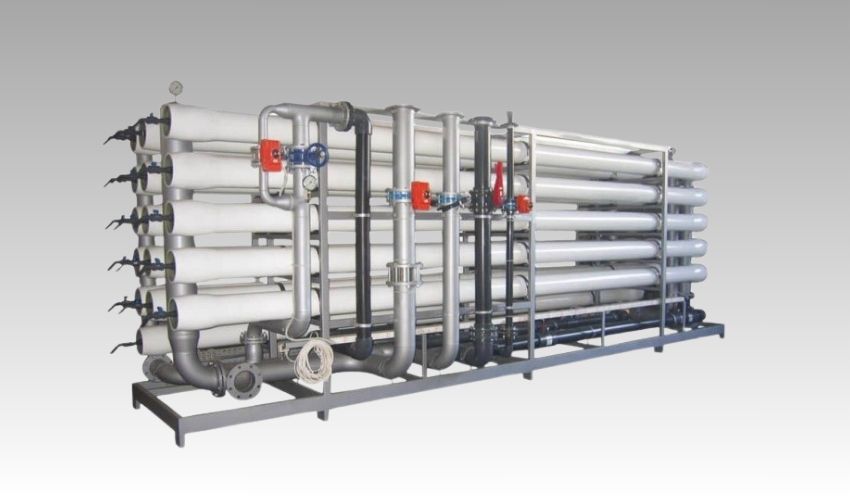Reverse Osmosis
Reverse Osmosis
Reverse osmosis is a continuously operating treatment technology that uses pressure to pass source water through a thin membrane and thereby separate impurities from water.

RO works by reversing the principle of osmosis, the natural tendency of water with dissolved salts to flow through a membrane from lower to higher salt concentration. This process is found throughout nature.
In an RO system, pressure (usually from a pump) is used to overcome natural osmotic pressure, forcing feed water with its load of dissolved salts and other impurities through a highly sophisticated semi permeable membrane that removes a high percentage of the impurities. The product of this process is highly purified water.
The rejected salts and impurities concentrate above the membrane and are passed from the system to drain or onto other processes. In a typical commercial industrial application, 75% of the feed water is purified (Depends upon raw water TDS).In applications in which water conservation is important, 85% of the feed water is purified.
